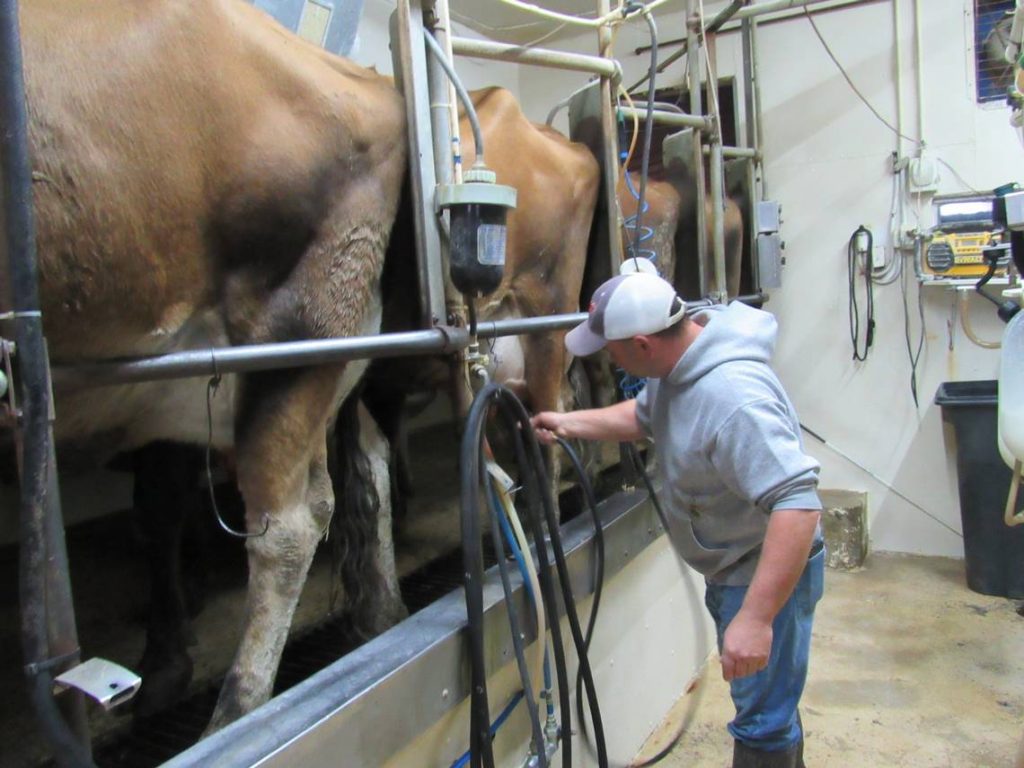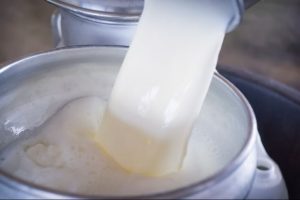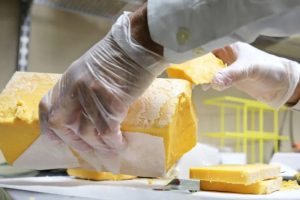
For months, costs had topped income from his herd of about 80 cows in northern Pulaski County.
His paycheck was $14 for each 100 pounds of milk, but with transportation, marketing and other costs, Hargis, 45, figured he would have needed at least $16 to break even.
He explored getting out of the business by selling his cows to another producer, but got no takers. So in October, he sold them for slaughter.
























